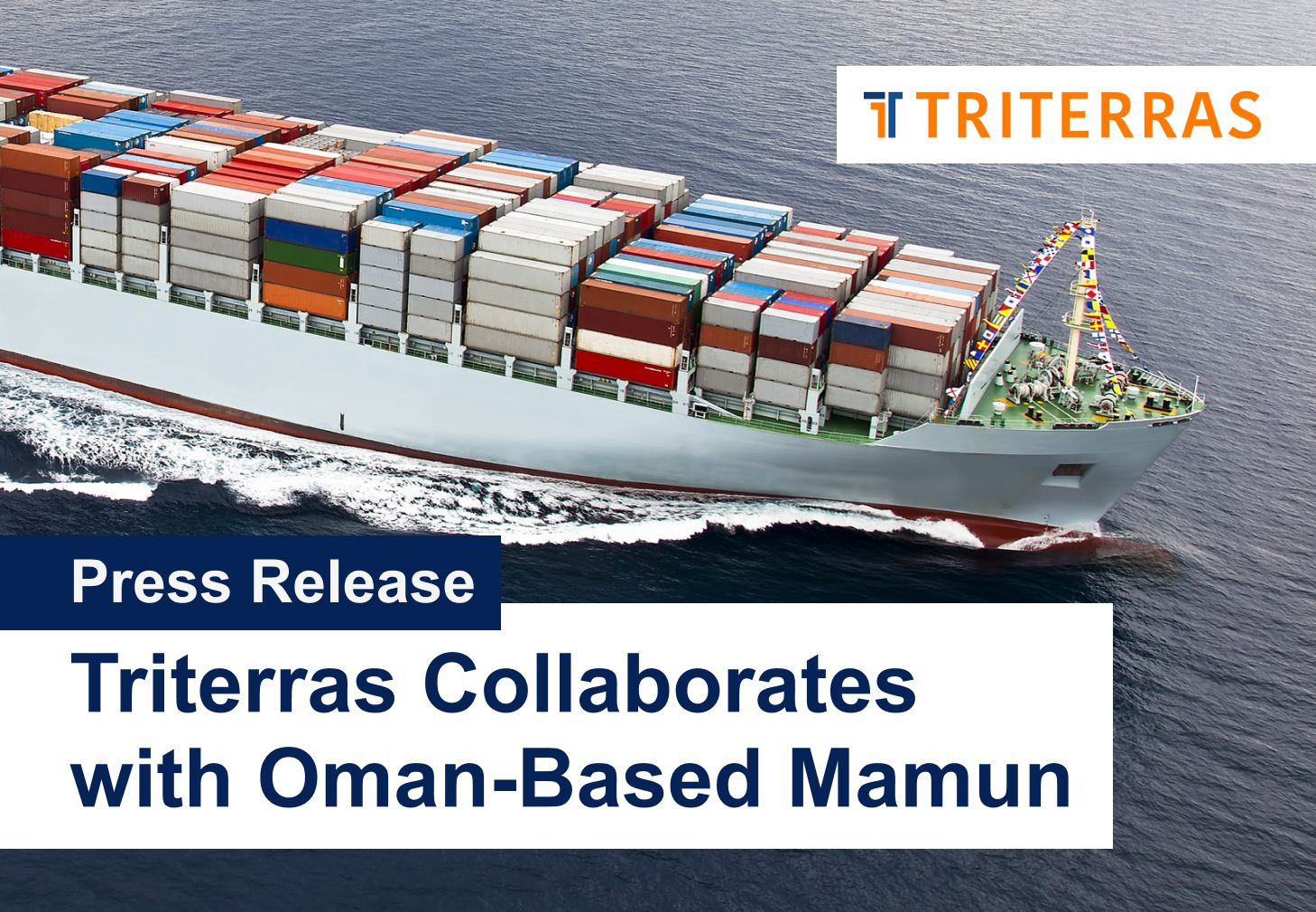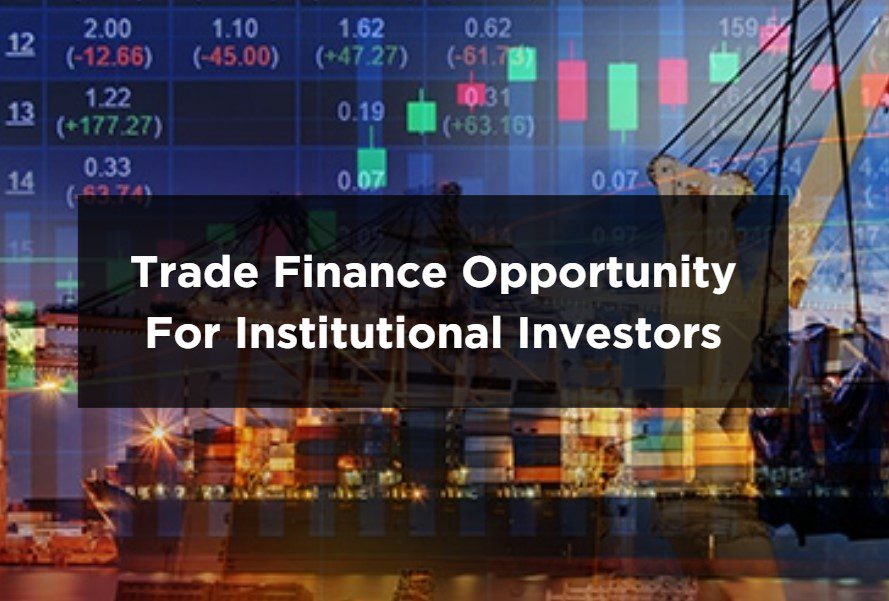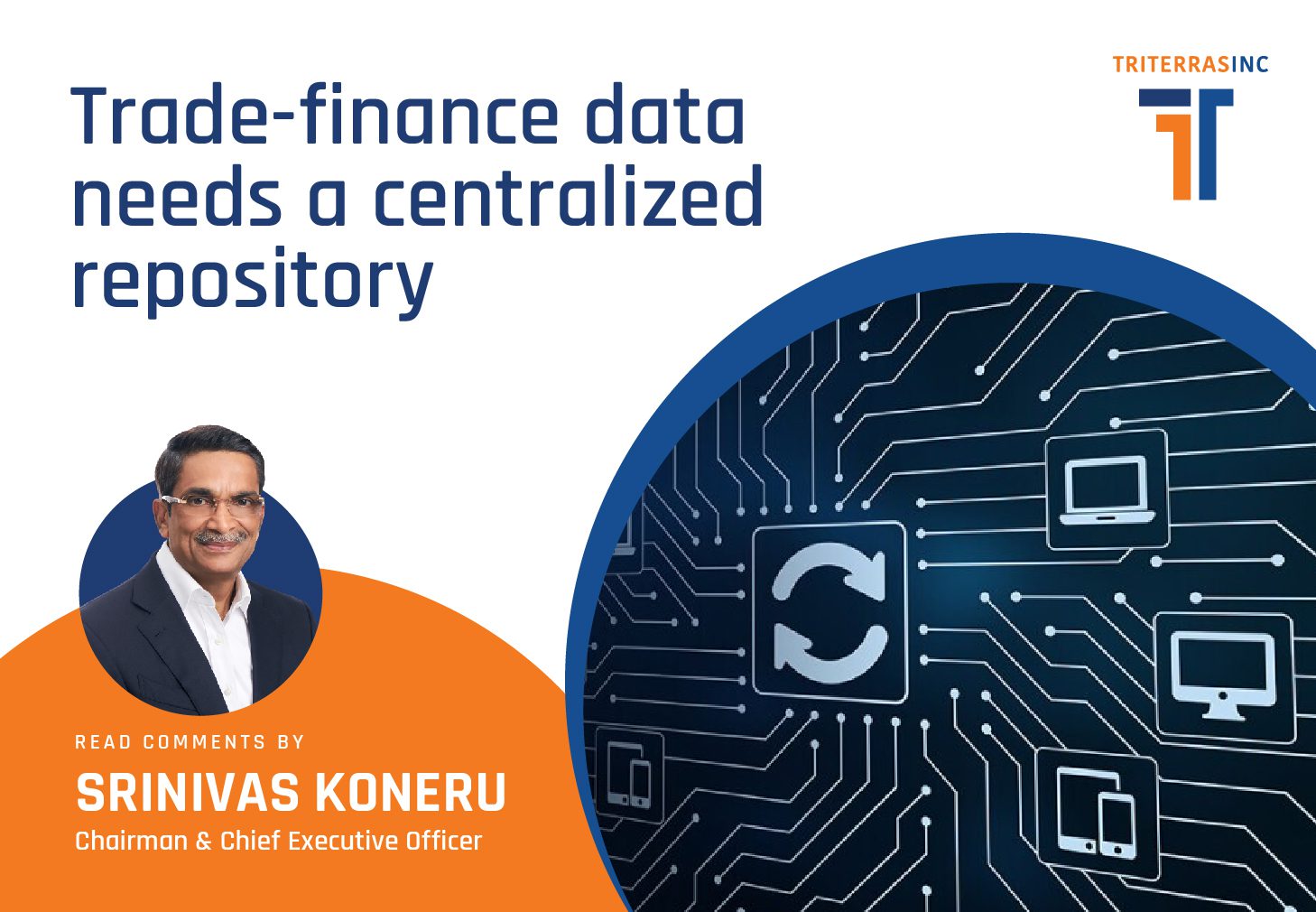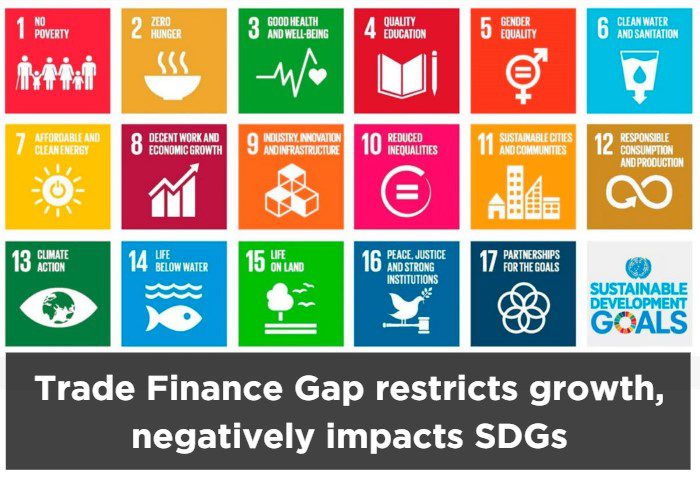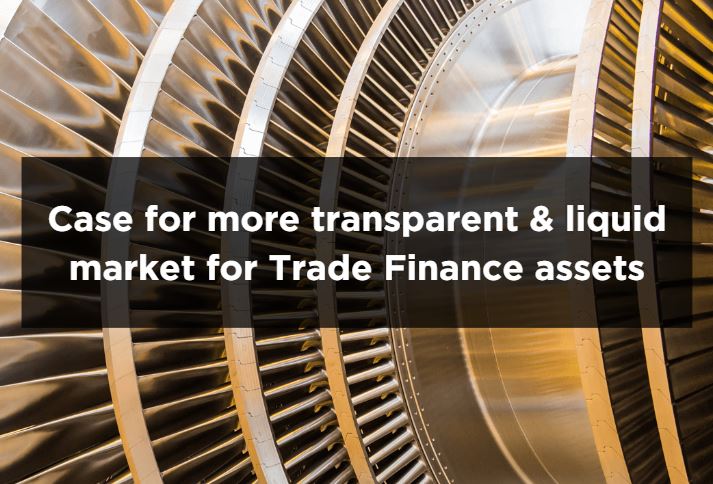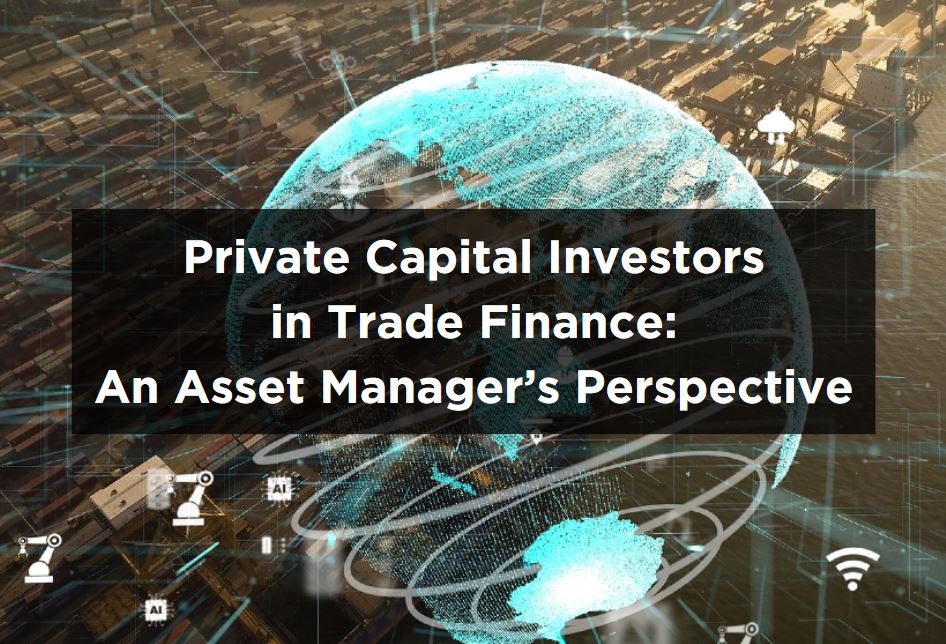It is common to see SME owners making financial mistakes that can significantly hurt their businesses. One of the most common mistakes is poor budgeting, leading to overspending and cash flow problems. Another mistake is not paying enough attention to loan interest rates and other charges, which can inflict higher costs on their businesses. Confusing cash with profit is a notable mistake that SME owners make, as also not provisioning for their own salaries. Other mistakes made by them include not having an emergency fund, setting the wrong price, and neglecting business insurance.
To avoid making such financial mistakes, SME owners should create a budgeting plan, monitor loan interest rates and other charges, separate personal and business finances, use professional accounting services, make use of data to set financial goals, closely monitor cash flows, have access to a line of credit, pay salaries to themselves, purchase business insurance, and avoid making large unnecessary purchases. With the help of these tips, SME owners can avoid common financial mistakes, keep business operations running smoothly and improve the overall health of their enterprises.
Furthermore, SME owners should follow some principles and strategies that can enable them to make wise financial decisions. The first is to keep business, and personal finances separate to avoid confusion in accounting. The next is to draw up a detailed strategy to track expenses, ensure consistent and steady cash flow, and plan for growth. The other important things an SME owner should do is to periodically monitor costs, reduce unnecessary spends, improve inventory analysis, optimize the payroll process, and invest only in revenue-earning channels.
Other essential guidelines that an SME owner should follow for ensuring wise financial decisions include maintaining accurate financial records, having an emergency fund to overcome the unforeseen crisis, learning about risks and rewards, and treating cash as the king while finalizing business deals and transactions. Finding a mentor who has gone through similar situations and can offer valuable advice would also be beneficial. Understanding tax deductions to lower their tax burden and focusing on return on investment while making financial decisions are two other guidelines SME owners should invariably follow.








